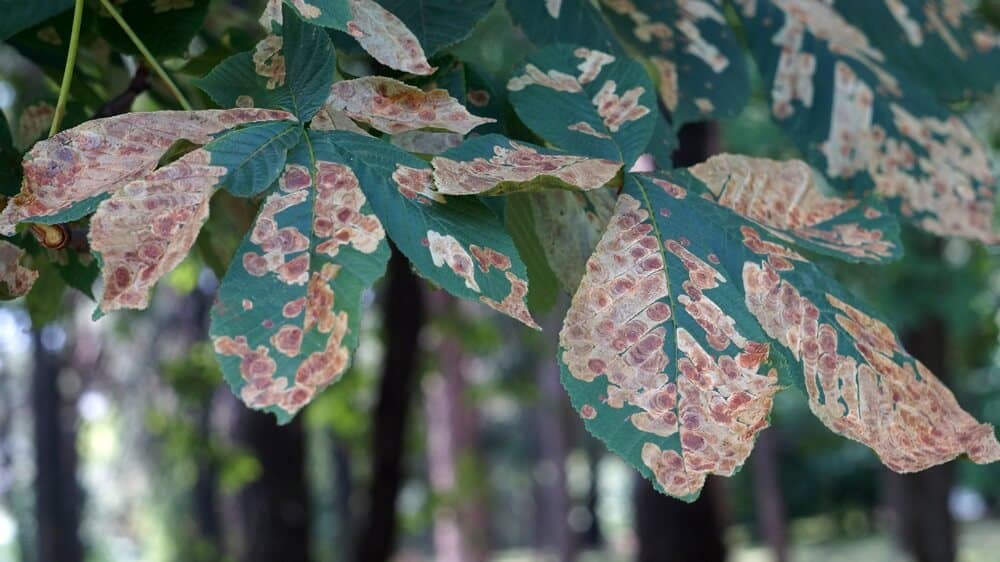COMMON TREE DISEASES IN MINNESOTA, MN
If a tree gets really sick, you need to do something about it.
In this article, we’ll discuss common tree diseases in Minnesota you need to be aware of when planting trees, signs your tree might be sick and what to do about it.
We’ll also talk about when you’re able to diagnose a tree yourself, and when it’s best to consult the experts.
Common Tree Diseases In Minnesota, MN
No matter how much you care for your trees, it’s a fact of life that they may eventually fall victim to diseases and become sick.
Here we’ll break down the different types of tree diseases in Minnesota, MN, you need to be aware and signs you may have an unhealthy tree on your hands.
Cypress Canker
Cypress canker is a huge problem for conifer trees. It spreads via the wind, water and insects. It is known for thriving in wet conditions where a tree becomes waterlogged.
Myrtle Rust
Myrtle rust is highly infectious and should be treated quickly by a professional. This disease commonly attacks natives like bottlebrush, eucalyptus and tea trees.
It prevents new growth and weakens the immune system. If left to spread throughout your tree or to other trees, it will kill them.
Peacock Spot
Peacock spot is common among olive trees. Left untreated, it will result in stunted growth and poor fruit development.
Related article: Is Tree Stump Removal Necessary?
Root Rot
Root rot is definitely a tree disease you need to be aware of, as initially, it can be difficult to identify.
This is because it starts underground and doesn’t make itself known until well advanced.
Citrus Gall Wasp
As indicated by its name, the citrus gall wasp attacks fruit and citrus trees.
It presents itself with a small protrusion (or gall) which needs to be removed as quickly as possible.
Pink Disease
Pink disease is another problem prevalent in citrus trees or woody trees. Look out for fungi with this one.
Signs Your Tree May Be Sick Or Infected By Pests
While every disease presents with its own symptoms, there are some signs to look out for if you want to ensure your trees remain healthy.
Common indications of a sick tree are:
- pale and yellowing leaves or branches
- wilting or chewed leaves
- peeling or cracked bark
- absence of lush growth
- presence of galls (on fruit or citrus trees)
- fungi
- yellow spores
- pests or insects on bark, trunk or leaves
- black spots
- white spots
- ringbarking
- slow growth or no growth at all
- brown or grey spots (particularly those with purple or red haloes)
What To Do If You Think A Tree Is Sick, Pest Infected Or Dying
If you think a tree is sick, pest-infected or dying, we would not recommend trying to diagnose the issue yourself.
Our highly-skilled team of qualified arborists and professionals can provide you with an accurate diagnosis and treatment plan, as well as options for tree removal.
To arrange for an accurate diagnosis of your sick tree or engage our removal services, get in touch with us today.









